Bougainvillea-lined streets, illuminated shops, and floating lanterns gliding on the water - every corner of Hoi An invites one to fall in love. As visitors stroll through its ancient alleyways, they can feel the distinctive charm of what was once a bustling port.
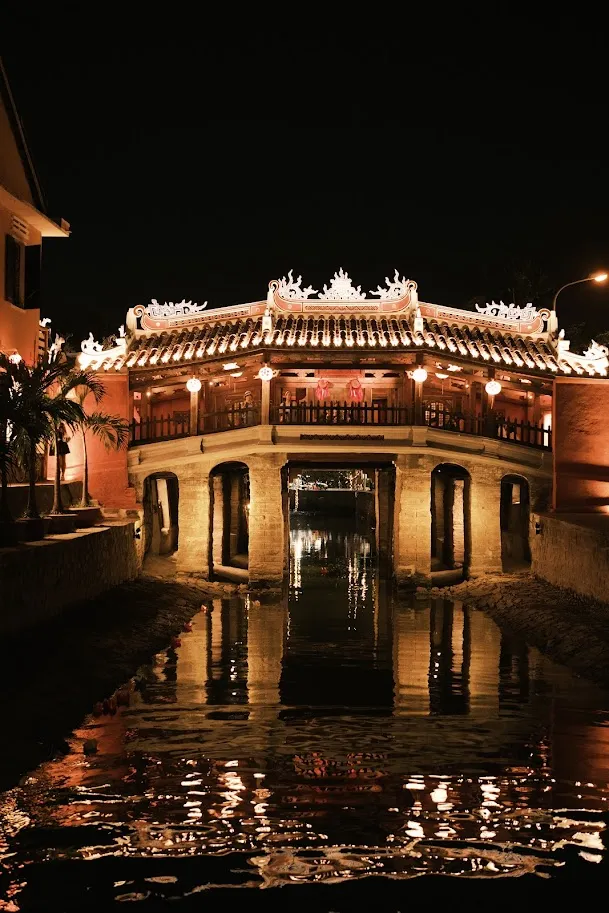
Rediscovering the Bustling Faifo
"Through the ceaseless flow of time, Hoi An emerges as a vibrant picture of a bygone trading port where ships from East and West once docked."
From the 16th to the 18th centuries, Hoi An, then known as Faifo, was one of the busiest seaports in Southeast Asia. Strategically located along the Thu Bon River, it became a hub for international trade.
Merchants from China, Japan, Portugal, and the Netherlands brought not only valuable goods but also the cultural essence of their distant homelands. This convergence of civilizations allowed Hoi An to grow economically and became a place where Eastern and Western cultures intersect.
As trade flourished, the town’s architecture evolved, reflecting a unique blend of East and West. Wooden houses, Chinese assembly halls, and Japanese bridges mingled with European architectural influences, creating a one-of-a-kind look that has shaped both the historic Faifo port and the Hoi An of today.
Outstanding among these structures are the five Chinese assembly halls built from the 17th to 19th centuries. In addition to the characteristic curved domes, yin-yang tiles and sophisticated decorative details, each assembly hall also has its own architectural beauty, becoming a popular tourist destination.
Initially, the assembly halls were built to worship guardian deities such as Thien Hau Thanh Mau and Quan Cong for helping Chinese migrants overcome the storms at sea and safely reach shore here. In addition, the assembly halls were also used as meeting places, as well as cultural activities, connecting the Chinese community in Hoi An.
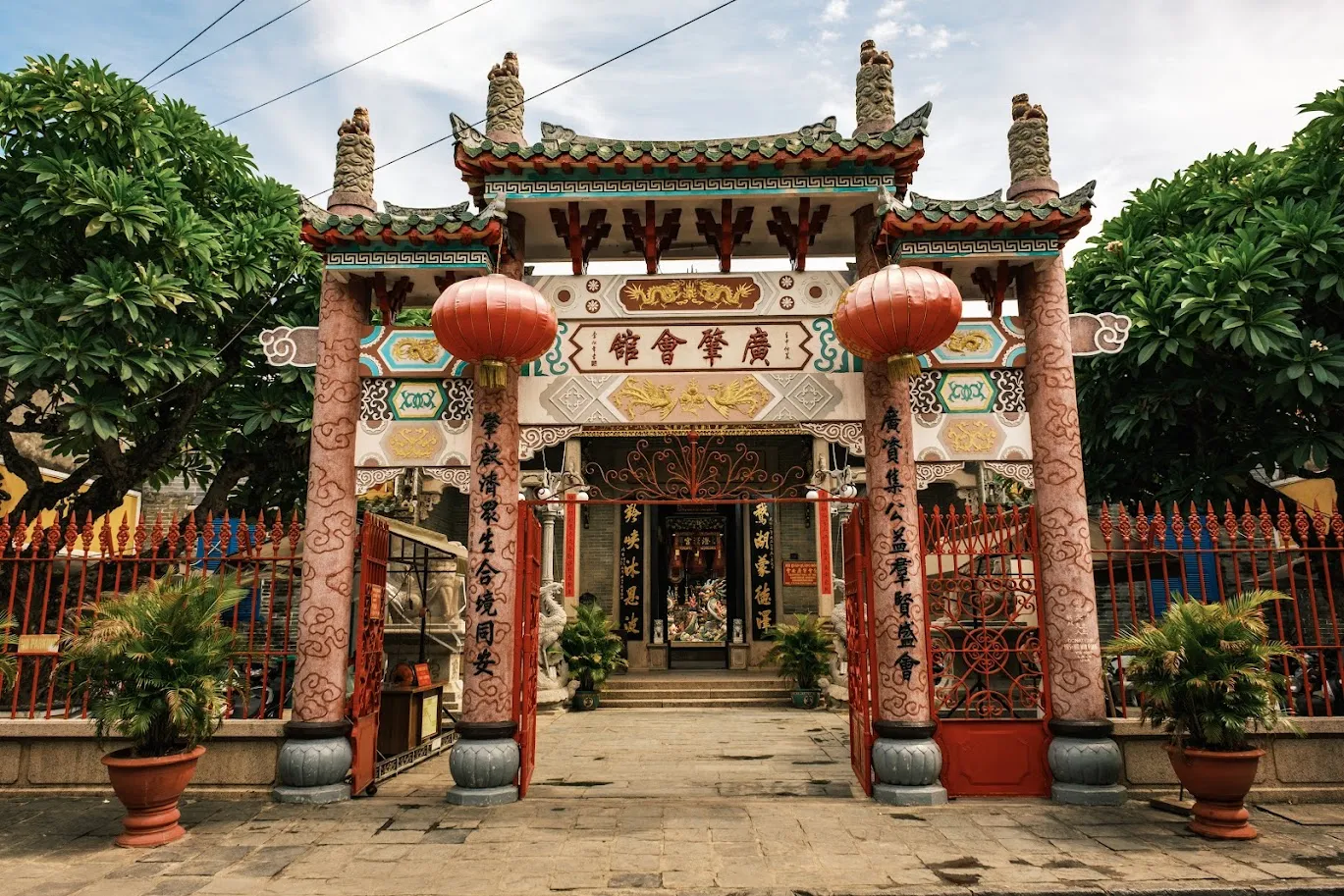
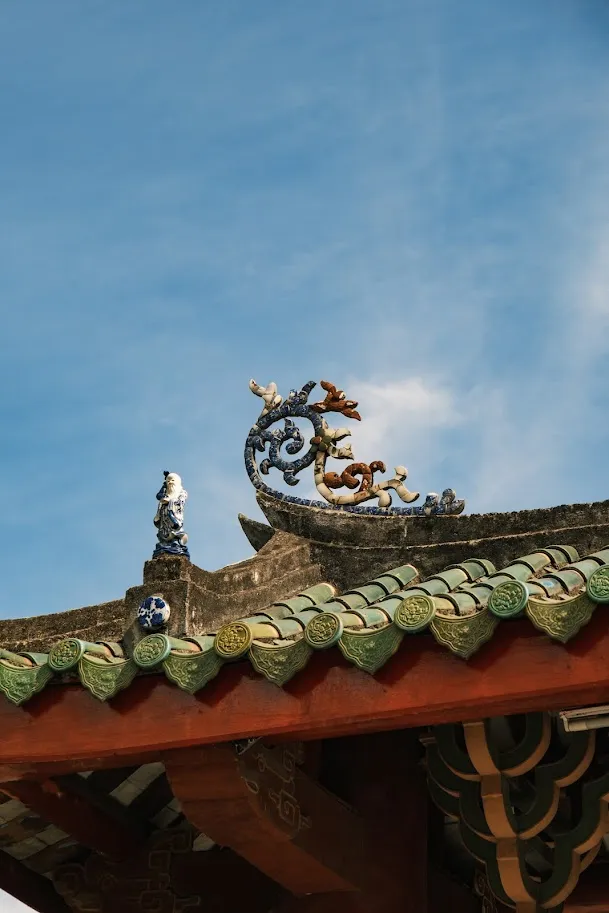
A Renowned Ancient Town
No longer the famous Faifo trading port of the past, today Hoi An stands as a UNESCO World Heritage Site and a beloved destination for both domestic and international travelers.
"Hoi An today is a harmonious blend of the past and present, where the old and new coexist, leaving an indelible impression on all who visit."
Walking through the streets of the ancient town, one can easily spot the old side by side with the new. From ancient houses repurposed as shops with signage in various languages, to narrow streets teeming with modern-dressed tourists, Hoi An strikes a balance between tradition and change, without compromising its timeless beauty.
"Like a kaleidoscope, Hoi An transforms between day and night, at times serene and gentle, at others vibrant and energetic."
By day, Hoi An feels like a soft silk fabric bathed in sunlight, with peaceful and tranquil streets.
In the fresh early morning air, Hoi An becomes a calm retreat, where one can find a quiet corner to enjoy tea, share stories, and temporarily forget the hustle and bustle of life.
Bougainvillea vines, the soft clatter of bicycles, the aroma of fresh coffee, and the sound of footsteps strolling leisurely create a poetic and elegant Hoi An that stirs the soul.

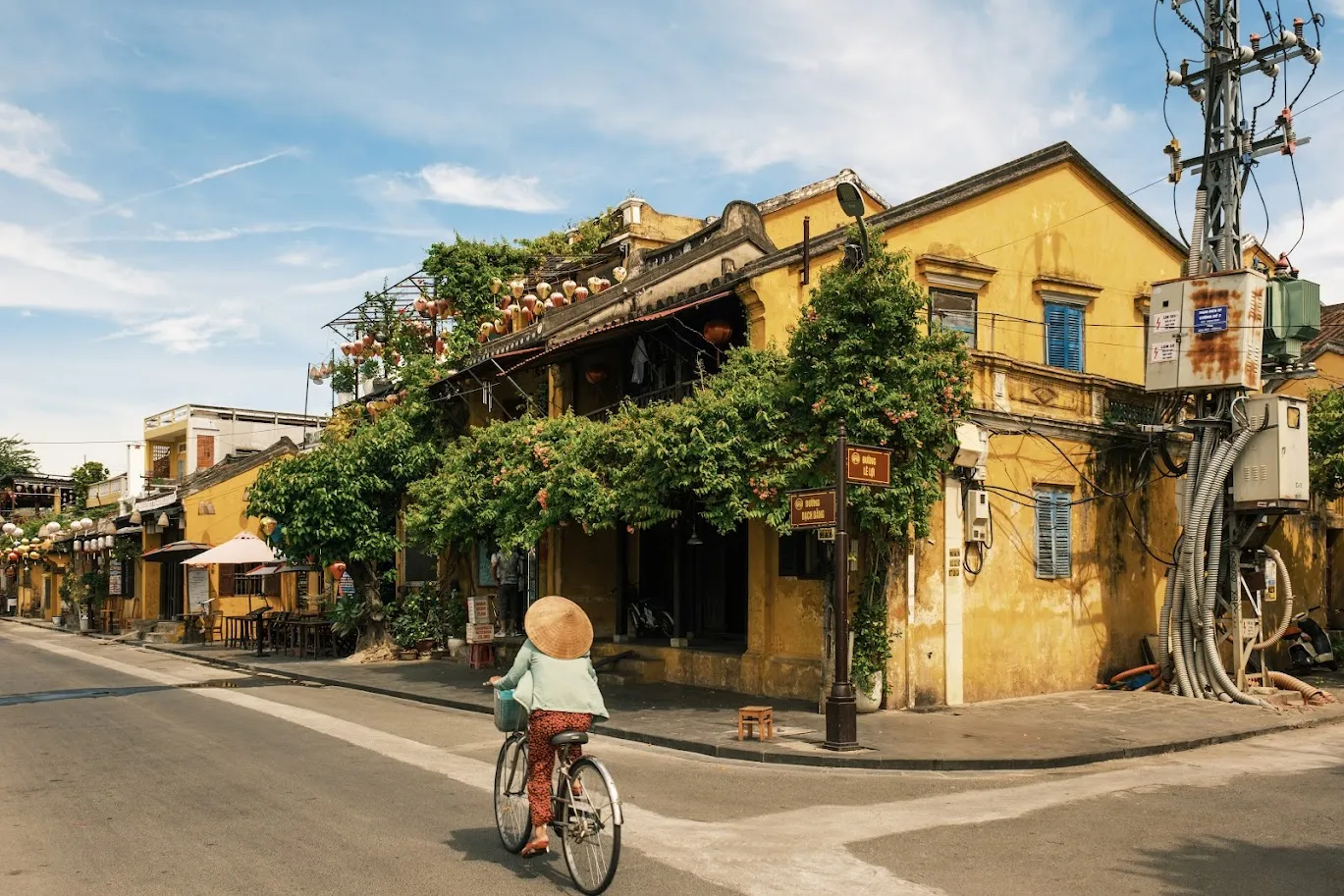
In contrast to its rustic daytime charm, Hoi An transforms into a lively, colorful, and bustling town when night falls. The streets, packed with visitors and vendors, become vibrant with energy.
Beyond the crowds and shops, nighttime in the old town pulses with cultural activities such as boat rides, lantern-floating, and traditional folk games like Bai Choi - a signature pastime of Central Vietnam.
"Large ships sail through Da Nang
while Hoi An bustles with merchants."
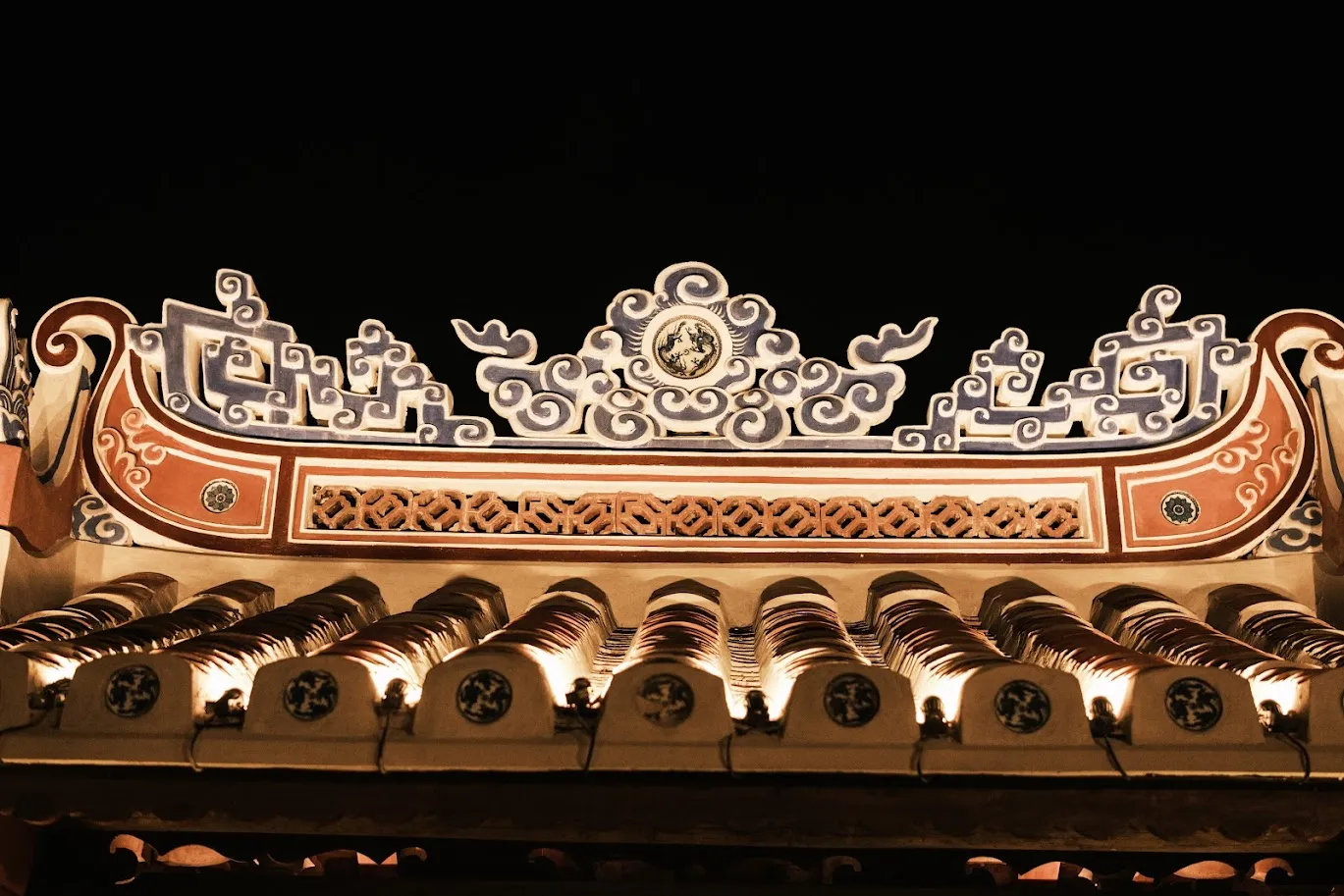

Between the vibrant, dynamic Hoi An of the night and its tranquil, gentle daytime version, it’s hard to choose which is the more beautiful. Each offers its own unique charm.
Despite the passage of centuries, Hoi An has preserved the distinct characteristics of its vibrant, multicultural past. To us, Hoi An is more than a historical relic - it is a place where one can feel the echoes of the past. For a moment, as you wander its streets and gaze at the boats on the river, you might just catch a glimpse of the bustling Faifo port from long ago.
Hoi An isn’t the only historic site in Vietnam that offers visitors such a special experience. Across this beautiful S-shaped land, many other historical landmarks await discovery. However, not all of them receive the same level of preservation, media attention, or recognition.
Years from now, will these heritage sites still stand, or will they be dismantled and forgotten due to deterioration? Is there a way for Vietnam to preserve more places like Hoi An, ensuring they stand the test of time?
As we bid farewell to Hoi An, cherishing every nook and cranny of this ancient town, our minds turn to other historical landmarks. How wonderful it would be if Vietnam had many more “Hoi An” for travelers near and far to discover and explore.
—------
CREDIT:
- Photography: Luan Nguyen
- Content: Giang Huynh
- Design: Phuong Nguyen, Luan Nguyen





















